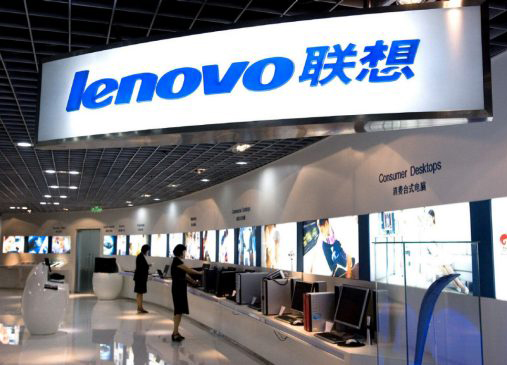The global stock market slump increases South America’s reliance on Chinese investment. But friendship has its limits, writes DW columnist Frank Sieren.
South America was especially hard hit by last week’s stock market slump and the worldwide collapse in oil prices. It’s already struggling with serious economic challenges, having long been too free and easy with the money investors were all too willing to hand out in the days of low interest rates.
But when the US Federal Reserve announced earlier in the year that loans would become more expensive and harder to get, many investors took their money out of emerging nations. It’s the same old story: Whenever world markets take a tumble, South America is in trouble.
Whether they’re caused by domestic missteps or a troubled world economy, financial problems tend to multiply fast in South America.
Inflation
Faced with inflation rates of 25 percent and higher, investors in Argentina are worried they’re facing the next peso crisis. The last occurred 12 years ago, catapulting the country into bankruptcy.
In Brazil, meanwhile, growth is hampered by dilapidated infrastructure, excessive red tape and heavy taxation. Now the country’s vast oil industry is struggling with the drop in oil prices. Last week, the stock price of Petrobras, Brazil’s biggest oil company, fell by 9.6 percent. Venezuela, another oil producer, is also in trouble.
Chinese Generosity
The more the tension rises, the more South America relies on its last friend with liquidity. At least China is still faithfully injecting investment and providing loans into the continent. Beijing is even busily building up its position in Latin America.
China is the last country still unhesitatingly granting credit to South America. In July, Chinese President Xi Jinping visited four countries in South America, pledging to lend Argentina alone nearly $7 billion for power and rail projects.
Vested Interests
But Beijing’s generosity is not selfless – which is why the current crisis is a dangerous one. China wants to see a return on its investment. In the past, the cost-benefit analysis added up. China’s economy is growing, as is its population, and its demand for oil and food is growing. There is no shortage of either in South America. As South America’s middle class grows, the continent has also become an important sales market for the Chinese. Increasingly, cars, computers, mobile phones and fridges made in China are as in demand as cheap textiles.
One fifth of Chinese PC giant Lenovo’s customers are in Brazil. Huawei, a Chinese multinational networking and telecommunications equipment and services company, has production sites in South America, as do Chinese carmakers Chery and JAC.
In 2000, Latin America’s trade with China was worth a paltry $10 billion. Last year, it reached $275 billion.


